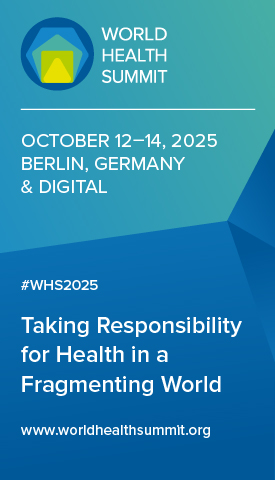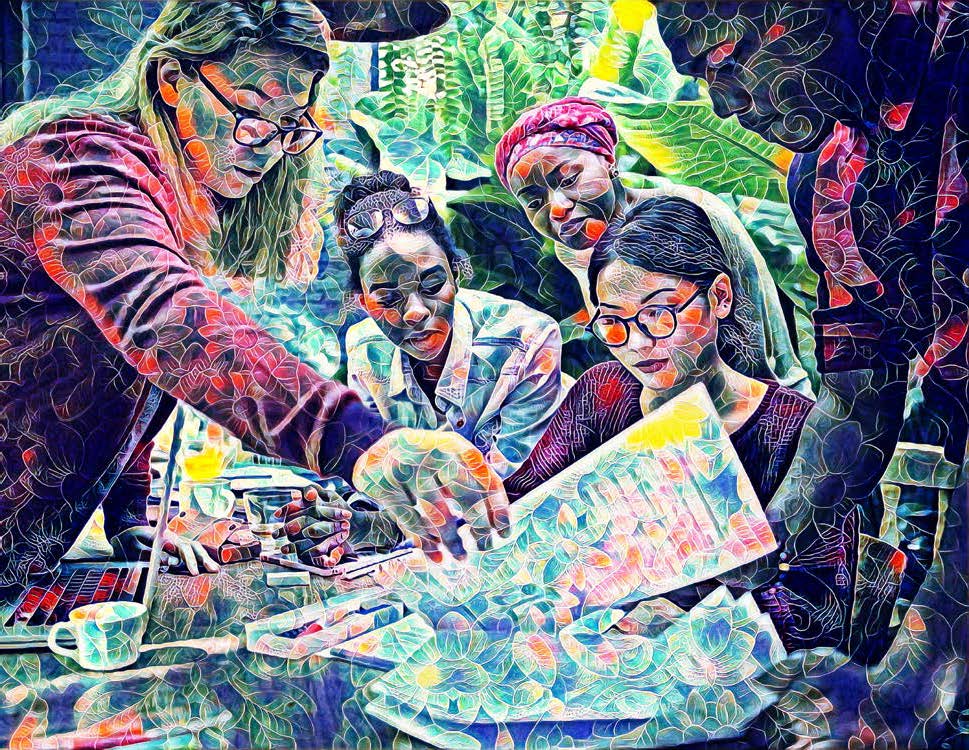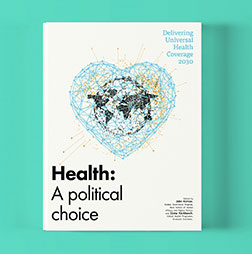The Pandemic Agreement is a major achievement
It is almost unbelievable to think that the Covid-19 pandemic ended only three years ago. It was a trigger for the landmark decision at the World Health Assembly to establish an intergovernmental process to negotiate a pandemic treaty. At record speed, World Health Organization member states agreed on the text in May 2025 – a strong response to the devastation brought by Covid-19.
The Pandemic Agreement must become the catalyst for needed change and an important step to transform the global architecture. For a disaster that caused a broad economic downturn, increased poverty and hindered progress, this treaty is a necessary remedy – to take collective and coordinated actions through a multilateral system to advance a global health agenda that is responsive, inclusive and resilient, that will withstand shocks and disruptions, and that will improve our collective prevention, preparedness and response capabilities.
Gaps between high- and low-income countries
The polarising pandemic was associated with inequities and inequalities that exposed glaring gaps, undermining efforts for responding effectively to outbreaks, epidemics and pandemics. An opportunity exists to address these shortcomings. The lack of coordination of various initiatives and the inability to harness them can be addressed by mechanisms proposed in the Pandemic Agreement. It outlines comprehensive measures that take into account the diversity of global and regional actions and the unique circumstances of countries. The collaboration and cooperation that cut across regions through the loose structures that were created were useful cushions against the predominance of some regions over others. These informal but effective ways of facilitating collaboration among countries were crucial for success and need to be upheld.
The Pandemic Agreement reflects a growing momentum to address the gaps revealed by Covid-19 and those that continue to persist within and between countries. There is an urgent need to improve coordination, for instance in financing, supply chains and logistics, in the transition from today’s fragmentation towards a truly unified, equitable and effective global pandemic response architecture.
We need an integrated global pandemic response framework that has accountability mechanisms that enable better cooperation, promote global solidarity and ensure equity. The Pandemic Agreement has specific provisions that deal with this – but we must put the building blocks in place.
Choices to be made
Countries and state parties must take responsibility for making the Pandemic Agreement a reality. The first milestone in this journey was the adoption of the treaty text. The next crucial step is to conclude the Pathogen Access and Benefit Sharing annex. This annex is aimed at the rapid and unimpeded sharing of pathogenic data and establishing a fair and equitable return for that sharing. It needs to show the true willingness of all parties to work together in fighting and preventing pandemics.
Legal instruments and national commitments must engage relevant government stakeholders, while also tapping into the capacities of civil society, the private sector and local communities. These are important elements that were considered during the inception phases of the negotiations that embraced principles of transparency, solidarity and accountability. Accountability processes should be non-punitive and grounded in principles of transparency, learning and continuous improvement. They are a firm foundation for future work.
What about the money?
In an environment where there is uncertainty and budgets are shrinking, the coordination of financing mechanisms is crucial. Predictable financing is essential at both the domestic and the global level to support equitable pandemic preparedness and response capacities worldwide. Further coordination should occur across various humanitarian and development assistance actors for health initiatives with domestic health spending to maximise impact and build sustainable capacities. Governance and financing options at the country level cannot be viewed in isolation; they must be considered in the context of global and regional developments.
What’s next?
With the pandemic a fading memory, a new generation of leaders should emerge, determined to prevent future health threats, perhaps first by building trust. Those who negotiated the Pandemic Agreement and the amendments to the International Health Regulations have invested their time, energy and effort to negotiate a future-proof legal instrument.
The intrinsic value in nurturing solidarity and dialogue is at the core of negotiations and respect for the sovereignty of countries, and this must continue in this transitional preparatory phase.
The adoption of the Pandemic Agreement is a true diplomatic achievement. Is it perfect? Probably not. But in this fragmented world we need a good dose of realism about what we collectively can achieve. Let us be content with what we are doing as a global health community, under very challenging circumstances. Let us finish the job and make the treaty the starting point of our collective endeavours in making the world safer from pandemics.












